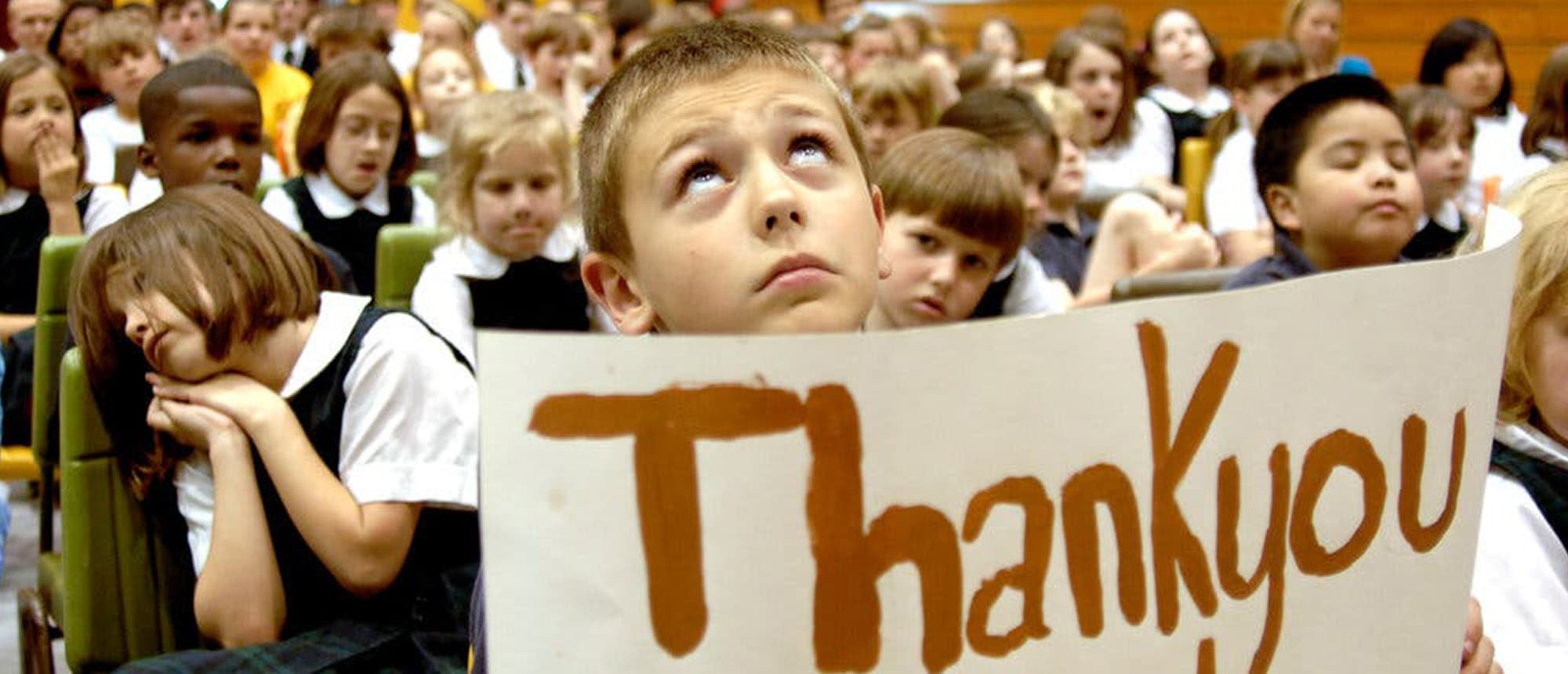School Choice 101
School Choice is the term given to a set of government programs that provide families with alternative school options other than those that are publicly provided, to which students are generally assigned by their family’s location of residence.
These programs are available in only a handful of states and include the voucher program, charter schools, tax credit scholarships, individual tax credits, and education savings accounts. The goal of implementing school choice programs is to raise productivity in public schools by encouraging competition and innovation in the education ‘market.’ The hypothesis about choice and productivity is quite straightforward: when students can leave and money follows students (even if imperfectly or indirectly), less productive schools will lose students to more productive schools.
What is the voucher program?
There are several different types of school choice programs, the best known of these is the voucher program. The voucher program was first introduced in 1955 by Nobel laureate and economist Milton Friedman. Because “a stable and democratic society is impossible without widespread acceptance of some common set of values and without a minimum degree of literacy and knowledge on the part of most citizens,” Mr. Friedman wrote, the government should pay for all children to go to school.
Vouchers are used for tuition at private schools of choice but are funded through public money, typically through income and state tax. Whereas charter and magnet schools are public schools of choice and often do not require vouchers, this program gives parents an alternative to oftentimes poorly performing public schools.
Today, there are 25 operating voucher programs in 14 states—Arkansas, Florida, Georgia, Indiana, Louisiana (2), Maine, Maryland, Mississippi (2), North Carolina (2), Ohio (5), Oklahoma, Utah, Vermont, Wisconsin (4)—and Washington, D.C.
How does the voucher program work?
Vouchers are funded through taxpayer dollars, typically from income and state tax. The state gives the family a tuition voucher, and the family then spends the money at a private school of their choice.
What are the other school choice programs?
There are several other types of voucher-like programs and can vary from state to state. The most commonly known programs are:
- Tax Credit Scholarships:
In this program, the state gives a tax credit to an individual or a business who donates money to an approved scholarship program. That approved scholarship program then gives the money to a family to spend on tuition at a private school.
- Education Savings Accounts:
Here, the state takes money or a portion of the money they would have put into the school district for a particular child and puts it into a special account. The parent is then allowed to take money out of that account and spend it on approved education expenses. These expenses could include a private tutor, educational therapy, or tuition at a private school.
Why is school choice controversial?
The primary source of contention among those who are opposed to school choice is the claim that the programs siphon money away from the public school systems, thus reinforcing the notion that public schools are ineffective and essentially setting them up for failure.
Proponents of school choice offer a different perspective, saying that “When students leave a public school using vouchers, the public school is relieved of the duty/costs of educating those students.” However, the problem becomes evident when too many students (and their funding) are drained from the public school system entirely.
There are also those who believe the voucher program threatens the separation of church and state, since many of the families who use vouchers opt to send their children to a religious private school. The National Education Association has stated that, “privatization [choice] strategies are about subsidizing tuition for students in private schools, not expanding opportunities for low-income children.”
What have been the results of school choice programs so far?
When we talk about whether school choice programs ‘work,’ we’re not only talking about the overall academic success of an individual student, but also the overall improvement of the public school system in America.
Formally, the success of a school is measured as achievement per dollar spent. When public funds are siphoned away from public schools in large quantites, it can have a measurable negative impact on the overall performance of that public school.
In a study released by The Institute of Education Sciences, the overall performance of 36 charter middle schools across 15 states was shown to be, on average, “neither more nor less successful than traditional public schools in improving student achievement, behavior, and school progress.”
Sources
Institute of Educational Studies
Swedish Economic Policy Review
The New York Times – “Public Money Finds Back Door to Private Schools”
The New York Times – “Dismal Results from Vouchers Surprise Researchers as DeVos Era Begins”
[1] “Charter School Financial Impact Model Final Report,” MGT of America, September 11, 2014, http://nashvillepublicmedia.org/wp-content/uploads/2014/09/MNPS-Charter-Schools-Financial-Impact-Review.pdf
[2] “Review: Fiscal Impact of Charter Schools on LAUSD,” MGT of America, May2016, stofcharterschools.org/ccs/eir/
[3] “Which Districts Get Into Financial Trouble and Why: Michigan’s Story,” David Arsen, Thomas A. DeLuca, Yongmei Ni, and Michael Bates, Michigan State University, November 2015, http://www.education.msu.edu/epc/library/papers/documents/WP51-Which-Districts-Get-Into-Financial-Trouble-Arsen.pdf
[4] Fiscal Impacts of Charter Schools: Lessons from New York, Robert Bifulco and Randall Reback, Columbia University, New York, NY, http://www.columbia.edu/~rr2165/pdfs/nycharterfiscal.pdf

